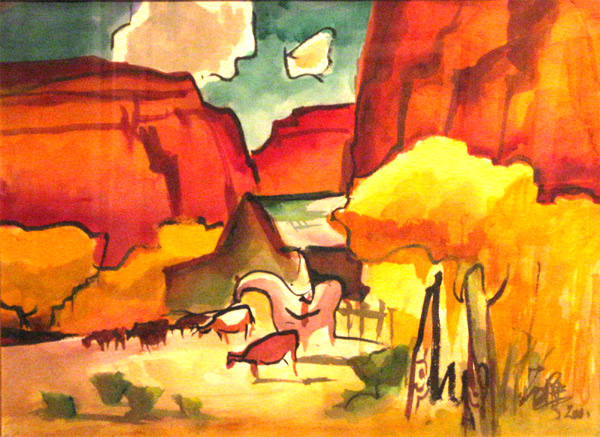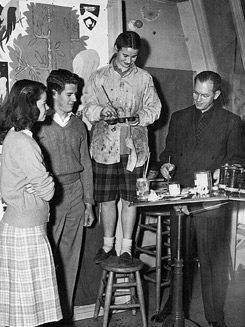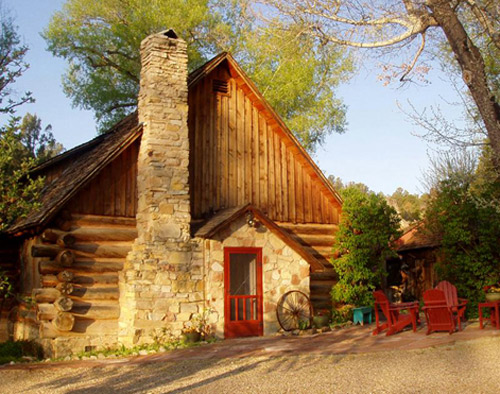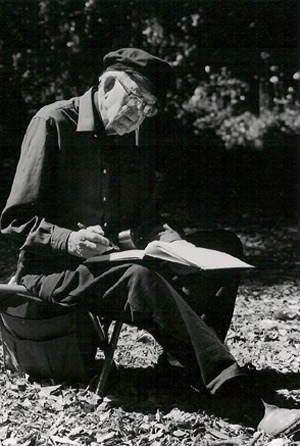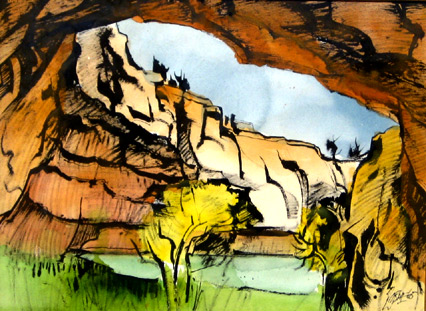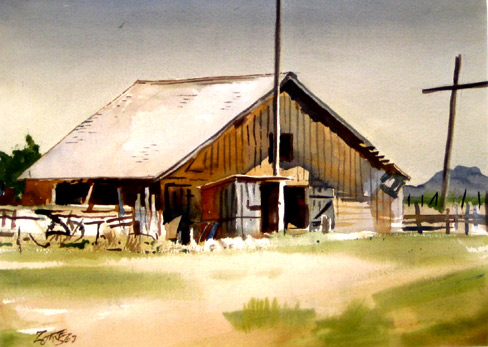Image of the Day, April 29, 2012
 Sunday, April 29, 2012 at 11:09AM Tweet
Sunday, April 29, 2012 at 11:09AM Tweet By Donna Poutlon
“I decided very early that I would be an American painter. I travelled the county over, and the West appealed to me. There is no phase of landscape in which we are not richer, more varied and interesting… ” – Thomas Moran
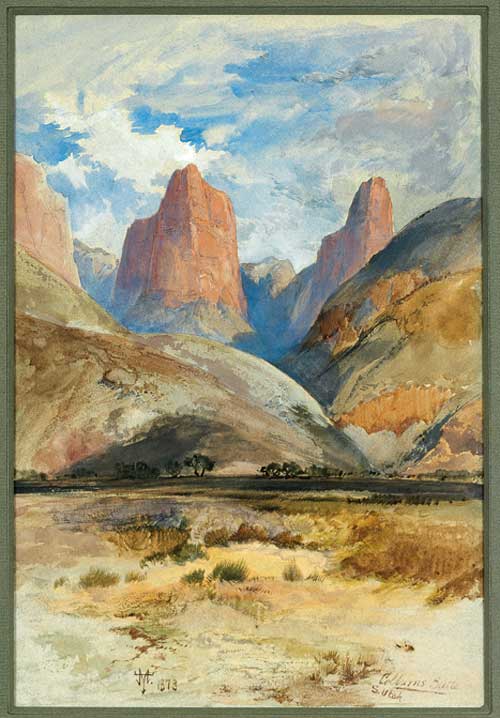 Thomas Moran, watercolor. Credit: Painters of Utah's Canyons and Deserts.Traveling with John Wesley Powell during the summer of 1873, Thomas Moran painted Colburn’s Butte. Powell often named lakes and mountains after people on his expeditions. He named the peak after J.E. Colburn a writer for the New York Times who was travelling with the survey expedition to record his impressions of the southwest for a chapter in William Cullen Bryan’s Picturesque American.
Thomas Moran, watercolor. Credit: Painters of Utah's Canyons and Deserts.Traveling with John Wesley Powell during the summer of 1873, Thomas Moran painted Colburn’s Butte. Powell often named lakes and mountains after people on his expeditions. He named the peak after J.E. Colburn a writer for the New York Times who was travelling with the survey expedition to record his impressions of the southwest for a chapter in William Cullen Bryan’s Picturesque American.
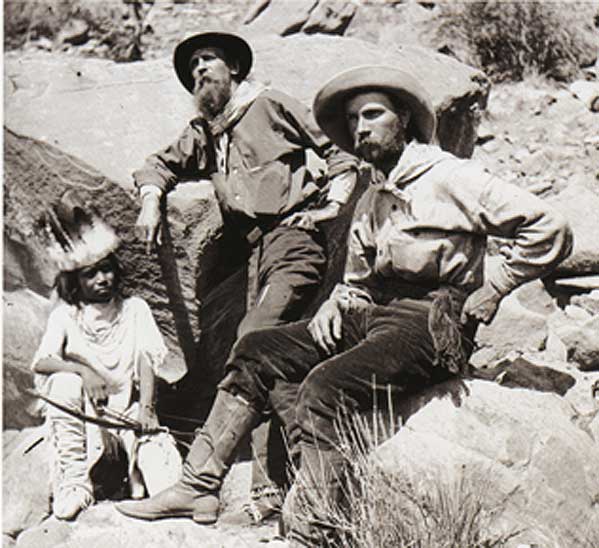 Photograph of a Paiute Youth, Thomas Moran, and J.E. Colburn, 1873. Credit: Painters of Utah's Canyons and Deserts.
Photograph of a Paiute Youth, Thomas Moran, and J.E. Colburn, 1873. Credit: Painters of Utah's Canyons and Deserts.




